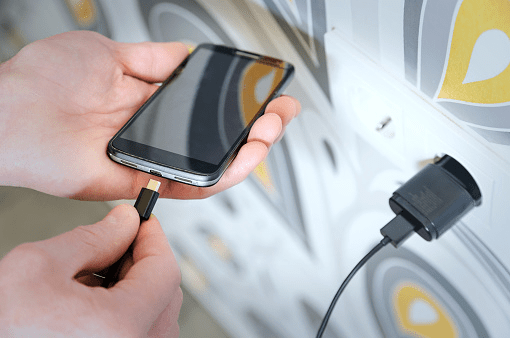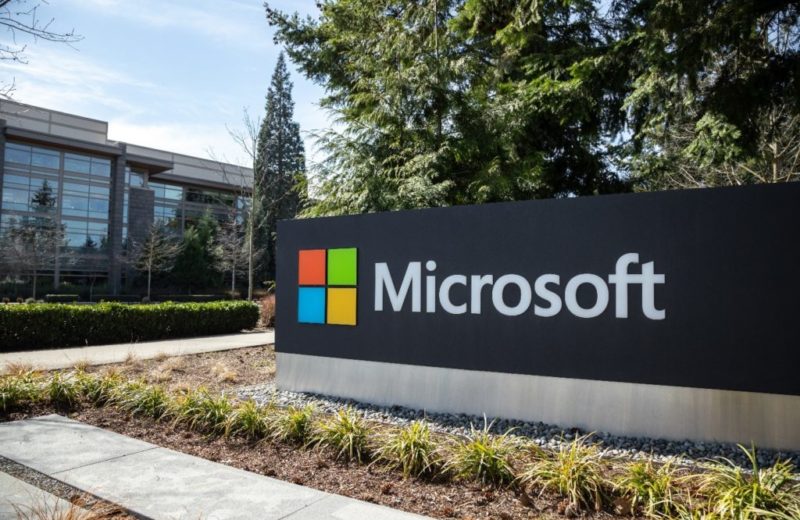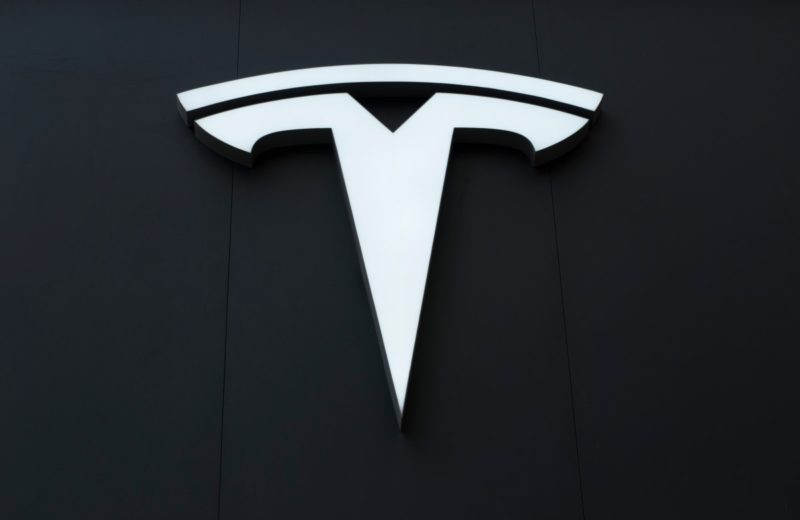The political intervention, which the European Commission said would make life easier for consumers and save them money, came after companies failed to reach a standard solution.
Brussels has been pushing for a single mobile charging port for more than a decade; it received complaints from iPhone and Android users about having to switch to different chargers for their devices.
iPhones charge through the Lightning cable; Android devices use USB-C connectors.
Half the chargers sold with mobile phones in 2018 had a USB micro-B connector; meanwhile, 29% had a USB-C connector and 21% a Lightning connector, according to a 2019 Commission study.
The European Parliament said that by autumn 2024, USB Type-C would become the standard charging port for all mobile phones, tablets, and cameras in the EU.
Saving Consumers Money
EU industry chief Thierry Breton said the deal would save around 250 million euros ($267 million) for consumers.
Brenton said it would also allow new technologies such as wireless charging to emerge and mature without letting innovation become a source of market fragmentation and consumer inconvenience.
Apple has warned the proposal would hurt innovation and create a mountain of electronic waste; however, it did not immediately respond to a request for comment.
According to lawmaker Alex Agius Saliba who steered the debate at the parliament, they are proud that laptops, e-readers, earbuds, keyboards, computer mice, and portable navigation devices are also included.
Laptops will have to comply with the legislation within 40 months of entering into force. The EU executive will have the power to harmonize wireless charging systems in the future.
The deal also covers e-readers, earbuds, and other technologies that will impact Samsung (KS:005930), Huawei, and other device makers.















